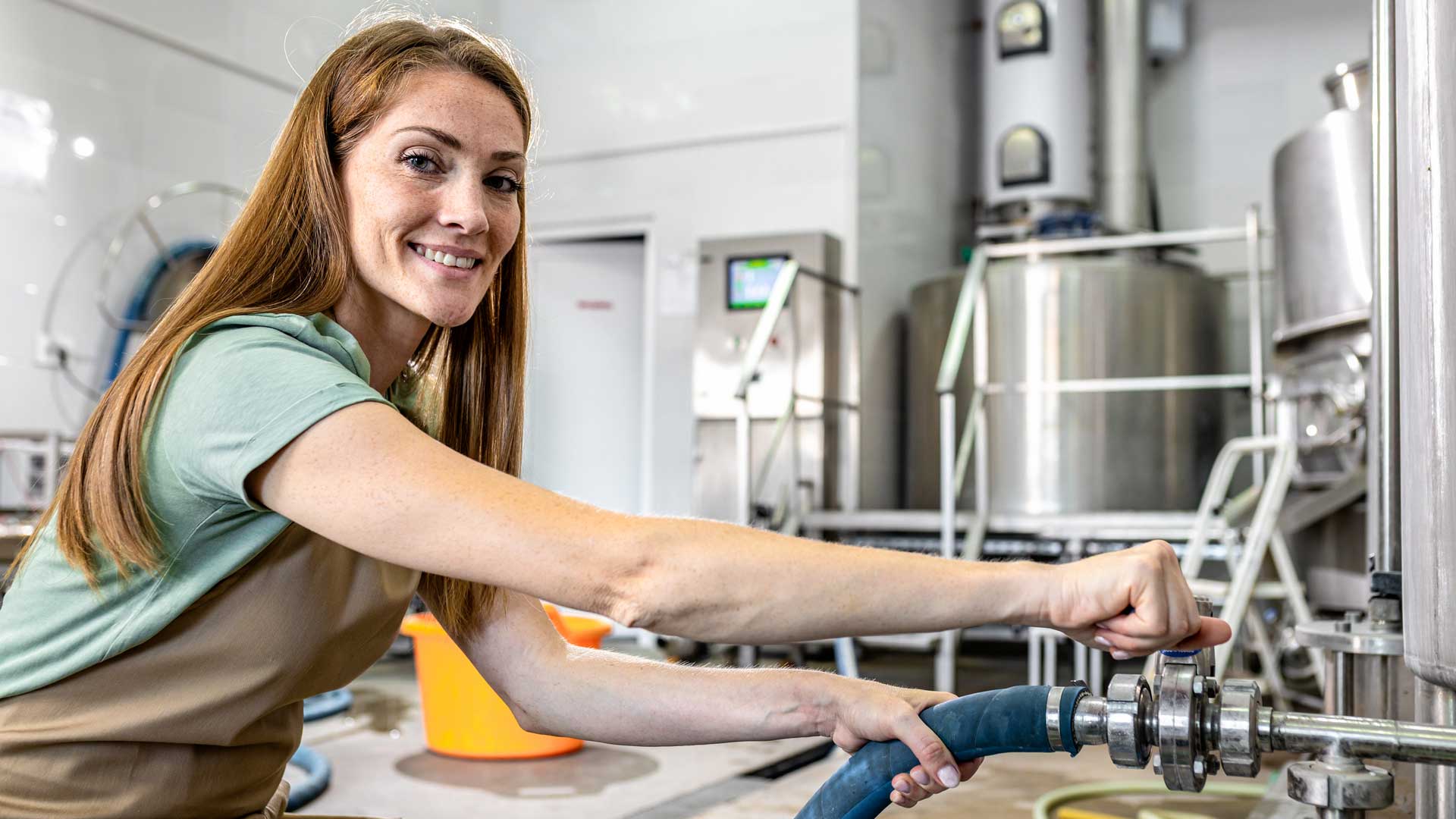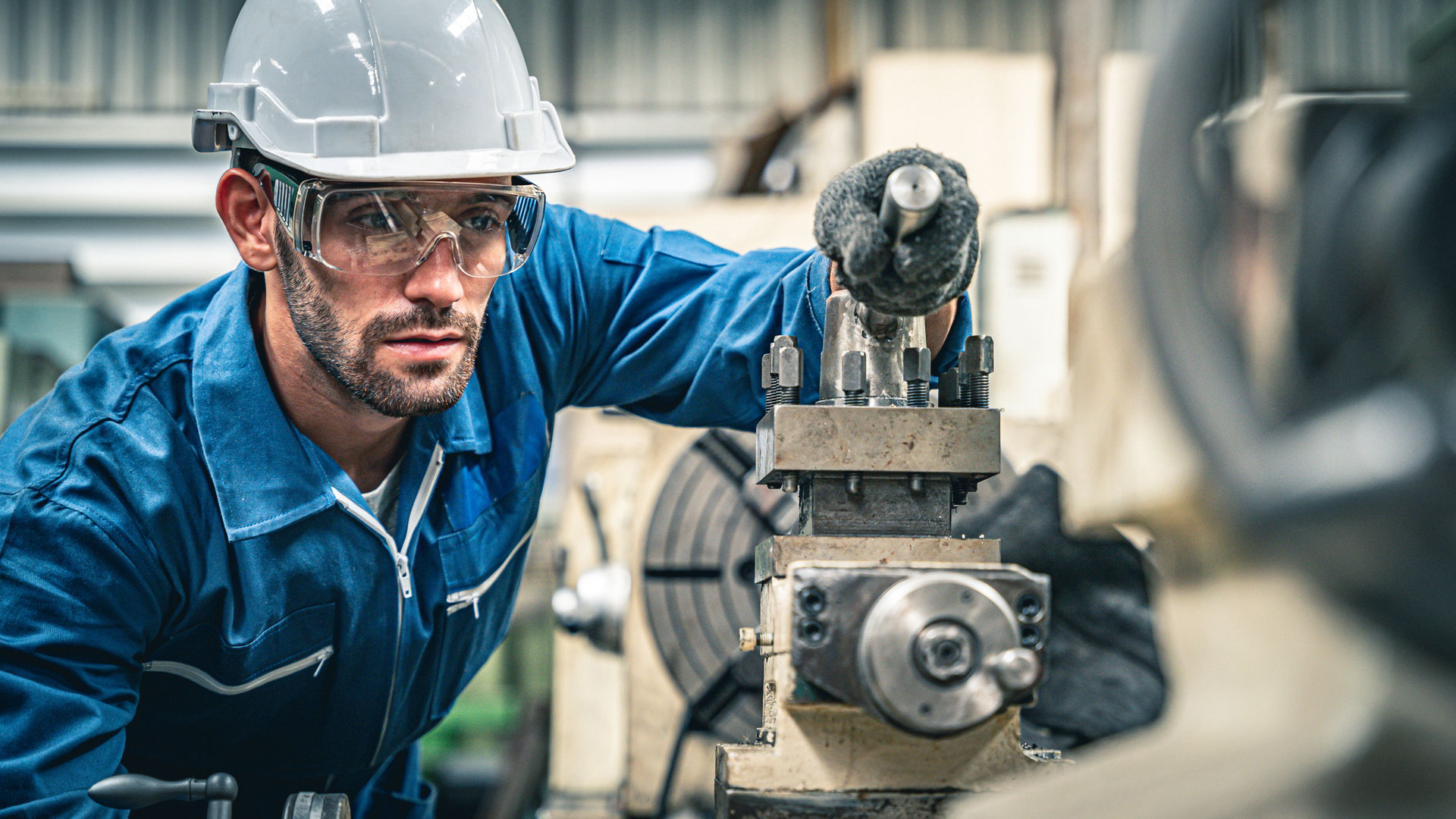Ergonomics in Lean Manufacturing
Oftentimes the benefits of ergonomics include a general improvement of efficiency. But how exactly does an emphasis on ergonomics result in improved efficiency? One way that we can identify a change in efficiency is to consider “Lean Manufacturing” practices. Lean practices in manufacturing involves the elimination of wastes, and centers around 5 “S” terms that originate in Japanese Manufacturing.
The connection between ergonomics and efficiency, particularly within the context of Lean Manufacturing practices, presents a compelling argument for the thoughtful integration of ergonomic principles into workplace design and operation. This approach not only enhances employee well-being but also significantly contributes to the overall productivity and effectiveness of manufacturing processes. By delving deeper into how ergonomics aligns with the 5 “S’s” of Lean Manufacturing and the reduction of the seven types of waste, we can uncover the multifaceted benefits of this integration.
The Five S’s of Manufacturing and Ergonomics
Seiri (Sort)
Integration with Ergonomics: By eliminating unnecessary items and organizing the necessary ones, workplaces can reduce clutter, leading to fewer distractions and hazards. Ergonomically, this means workers have what they need within easy reach, minimizing excessive movement and reducing the risk of injuries related to overreaching or unnecessary lifting.
Seiton (Set in Order)
Ergonomic Benefits: Organizing the workspace so that everything has a specific place and is clearly labeled not only streamlines work processes but also reduces physical strain. Tools and materials positioned optimally reduce the need for awkward postures, such as bending or twisting, thereby enhancing worker comfort and efficiency.
Seiso (Shine)
Enhanced Safety and Productivity: Regular cleaning prevents the buildup of debris that could cause slips, trips, and falls. From an ergonomic perspective, a clean workspace is also a safer workspace. It ensures that equipment and tools are in good condition, which can prevent strain injuries and accidents.
Seiketsu (Standardize)
Standardizing for Ergonomic Success: Implementing standard procedures for the maintenance of cleanliness and organization ensures that ergonomic principles are consistently applied. This regularity helps in fostering a workplace environment where safety and efficiency are ingrained in the daily routine, minimizing the risk of ergonomic injuries.
Shitsuke (Sustain)
Long-term Ergonomic Health: Making the 5S methodology a way of life includes a strong emphasis on sustaining ergonomic practices. Continual adherence to ergonomic principles ensures ongoing improvement in worker comfort, health, and productivity.
Addressing the Seven Types of Waste with Ergonomics
Ergonomics plays a pivotal role in eliminating various forms of waste identified in manufacturing systems:
- Overproduction and Ergonomics: By designing workstations to suit the worker’s capabilities, ergonomics can reduce the physical strain that leads to errors and overproduction.
- Excess Inventory: Ergonomic solutions can streamline operations, ensuring that only necessary items are within reach and excess inventory is minimized.
- Excess Motion: Ergonomic interventions directly target the reduction of unnecessary movements, thereby cutting down on time and energy wasted.
- Defects: Reducing physical strain and improving workstation design can decrease the likelihood of errors and defects in the manufacturing process.
- Over-processing: By optimizing the efficiency of each task through ergonomic principles, the tendency to over-process can be diminished.
- Waiting: Ergonomically designed workflows minimize downtime and reduce the waiting times between processes.
- Transport: Effective ergonomic practices can lead to a more logical and streamlined layout of workstations and equipment, reducing unnecessary transport of materials.
In a study conducted by Nor Abdullah and Dr. Rosnah Yusuff, the direct impact of ergonomic interventions on reducing musculoskeletal disorder, or MSD risks was evident. By analyzing and modifying the movements and postures of workers, significant improvements were observed, not just in their health and safety, but also in the overall efficiency and productivity of the manufacturing processes.
The seamless integration of ergonomics with Lean Manufacturing principles, particularly through the lens of the 5 “S’s”, underscores a holistic approach to enhancing workplace efficiency. This approach not only addresses immediate safety and health concerns but also paves the way for sustainable improvements in manufacturing efficiency. By prioritizing ergonomic considerations in the design and execution of manufacturing processes, companies can achieve a harmonious balance between worker well-being and operational excellence.



